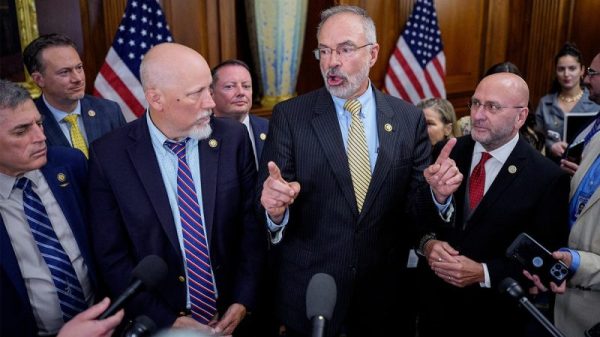The announcement by Walgreens to close 1,200 stores over the next three years signals a significant shift in the retail landscape and raises questions about the future of brick-and-mortar stores in the age of e-commerce dominance. This move comes as part of a broader strategy to streamline operations and focus on digital initiatives in response to changing consumer behavior and industry trends.
One of the key factors driving this decision is the growing preference of consumers for online shopping. With the rise of e-commerce giants like Amazon and the convenience of shopping from the comfort of home, traditional retail chains are facing increasing pressure to adapt or risk being left behind. By closing underperforming stores, Walgreens aims to reallocate resources towards enhancing its online platform and improving the overall customer experience.
Another driving force behind the store closures is the shifting healthcare landscape. As more consumers turn to alternative options for their healthcare needs, such as telemedicine and walk-in clinics, the demand for traditional pharmacies is on the decline. Walgreens, like other pharmacy chains, must reevaluate its physical footprint to align with changing customer preferences and market dynamics.
The closure of 1,200 stores also reflects a broader trend of consolidation and rationalization in the retail industry. With competition intensifying and profit margins shrinking, retailers are under pressure to optimize their operations and cut costs where necessary. By consolidating its store base, Walgreens aims to improve efficiency, reduce overhead expenses, and drive profitability in a challenging retail environment.
While the closure of 1,200 stores may be a difficult decision for Walgreens, it is a necessary step towards ensuring the company’s long-term viability and competitiveness. By focusing on digital transformation, optimizing its store portfolio, and adapting to evolving consumer preferences, Walgreens is positioning itself for success in an increasingly digital and interconnected retail landscape.






















